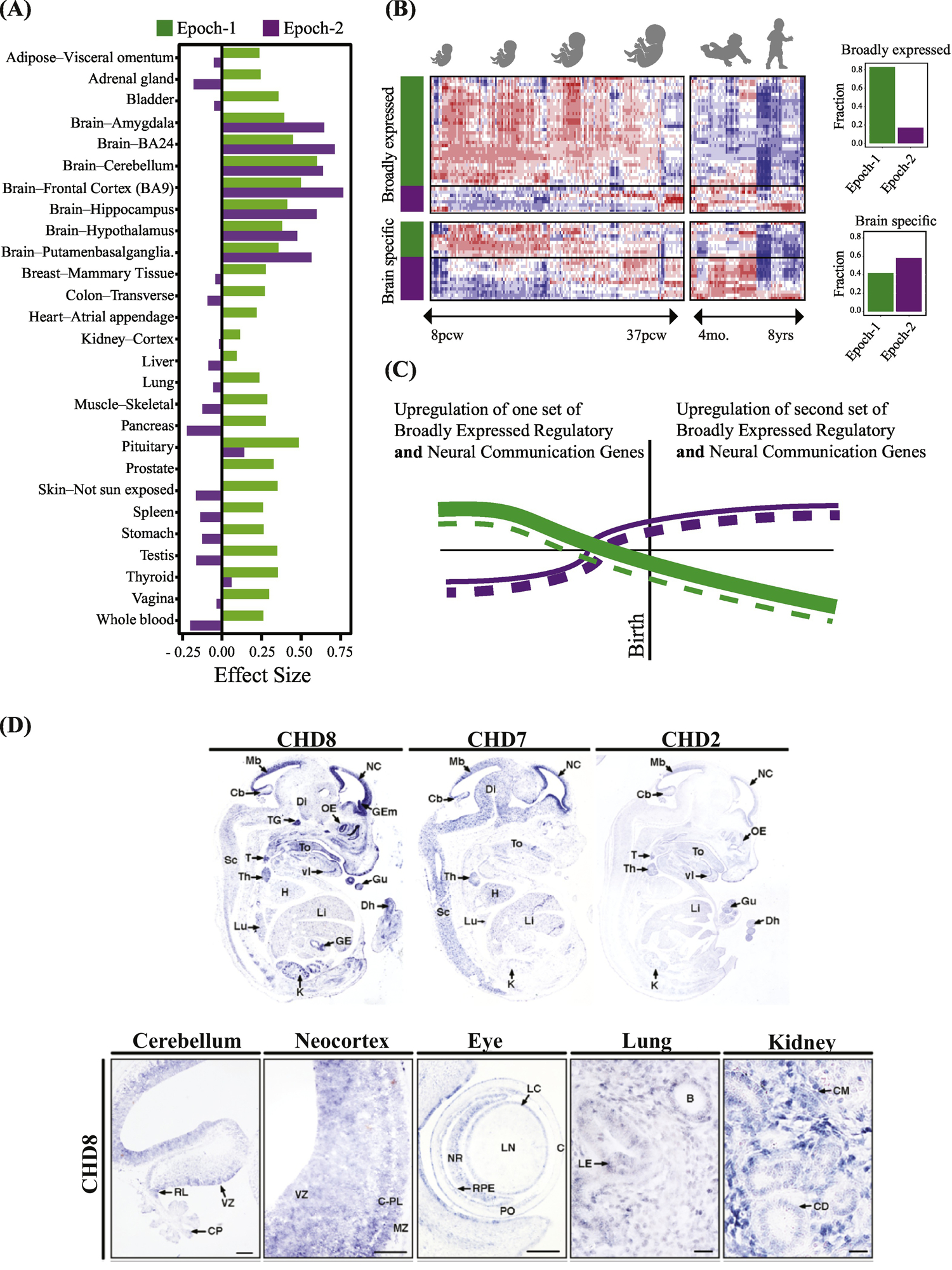Figure 4, Key Figure. ASD as a multi-organ disorder: Most regulatory high confidence ASD genes express broadly in other organs and tissues as well as brain.

(A) The great majority of ASD regulatory genes are broadly-expressed in multiple organs and tissues in addition to the prenatal brain. The majority of all Epoch-1 hcASD genes are broadly-expressed regulators of gene expression in multiple body organs and tissues as well as brain. In contrast, the majority of Epoch-2 hcASD genes have largely brain-specific expression. The y-axis represents the effect size of median expression strength in Epoch-1 and Epoch-2 genes compared to all protein coding genes present in each tissue as measured by Cohen’s D. TPM-level median gene expressions each tissue were retrieved from the GTEx portal[64]. Positive values show stronger expression than expected and negative values show weaker expression than expected by chance. (B) Gene expression of three top ASD genes, Chd8, Chd7 and Chd2, in embryonic mouse models (from[45]). There is widespread expression of these genes during organogenesis, such as in the gut, lungs, kidney, thymus, thyroid, heart, kidney, lung, and eye as well as in cerebellum and neocortex (from[45]). Many other top ASD genes are also known to be involved in different organs, tissues and disorders involving the gastrointestinal system, heart, kidneys, eye, muscles, lungs, arterial maldevelopment, medulloblastoma, cone-rod dystrophy, facial dysmorphology, eye and vision defects, whole body overgrowth, finger clinodactyly, colorectal cancer, and leukemia. (C) Heat map of 69 hcASD genes shows broadly-expressed regulator and brain-specific hcASD genes in Epoch-1 and Epoch-2. Bar graphs show percentage of each type in each prenatal developmental Epoch. (D) Based on our interpretation of the heat map and bar graphs in this Panel C and in Fig. 3C, we propose a new model of how expression changes in broadly-expressed and brain-specific hcASD genes. Beginning in the 1st trimester, a large number of broadly expressed regulatory hcASD genes (represented by thick green lines) and a small number of brain-specific hcASD genes (thin dashed green lines) normally upregulate and later downregulate. Mutations in these genes thus would dysregulate Epoch-1 prenatal corticogenesis. Conversely, during Epoch-2, many brain-specific hcASD genes (thick dashed purple lines) and a smaller number of broadly-expressed hcASD genes (thin purple lines) upregulate in the 3rd trimester and early postnatal life. Thus, mutations in these later expressing genes would dysregulate later prenatal and early postnatal cortical wiring. This new model shows a pattern of prenatal and postnatal ASD risk gene dysregulation that differs from previous work: Namely, rather than regulator genes and brain-specific genes each having a separate, opposite and single expression trajectory, both categories of genes – broadly-expressed regulatory and brain-specific -- were both present in both Epoch-1 and Epoch-2; moreover, each Epoch had its own set of broadly-expressed regulator and brain-specific genes (compare to this Fig. 4D to Fig. 3A and B).
